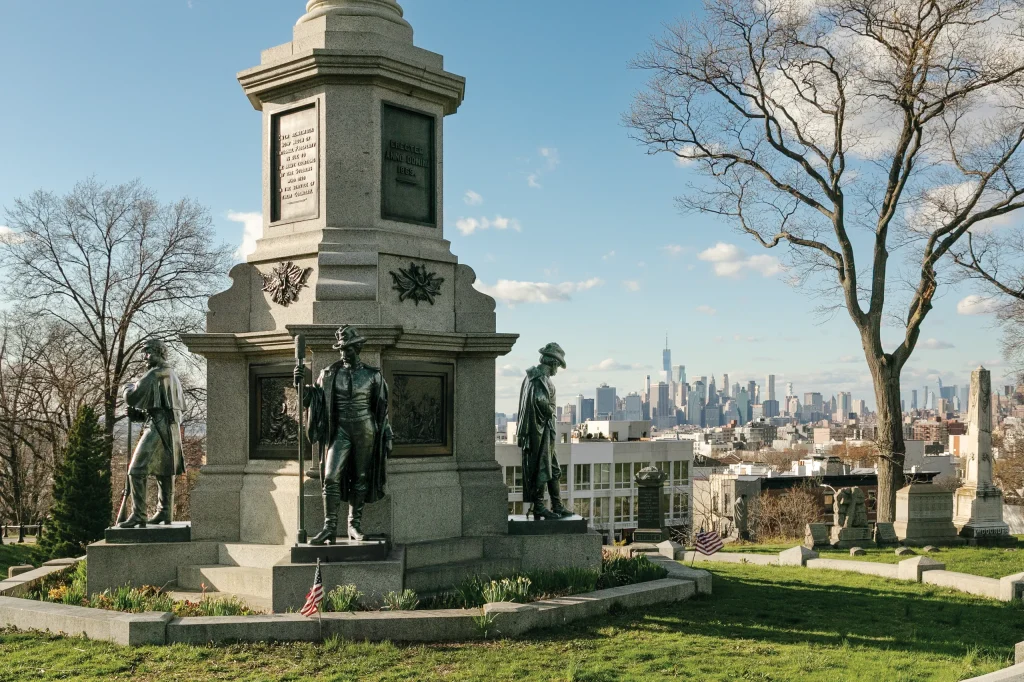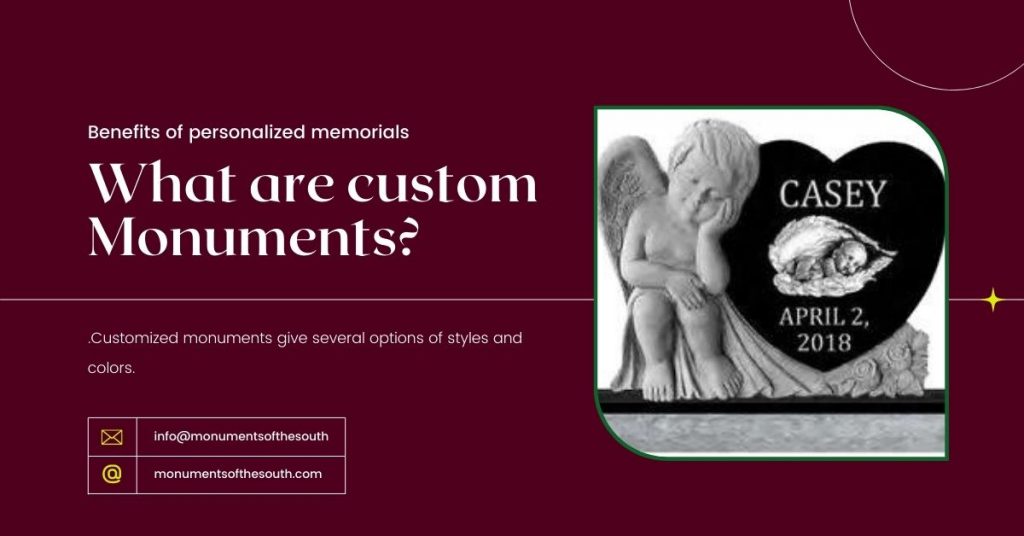As cities across the American South expand, new skylines and modern developments are reshaping not only neighborhoods – but also the very landscapes that cradle our shared history. From Atlanta’s bustling redevelopment districts to Nashville’s fast-rising condos, the balance between progress and preservation has never been more delicate. Urban growth brings opportunity, yet it also challenges how we protect the monuments, memorials, and sacred spaces that define Southern heritage.
At Monuments of the South, we understand that preservation isn’t just about the past — it’s about continuity. Every historic structure or cemetery monument represents craftsmanship, memory, and identity. And just as we honor existing landmarks, we help families and communities create new legacies through unique tombstone designs, beautiful headstone designs, and modern beautiful headstones – each crafted to last for generations.
The Urban Boom and Its Pressure on Heritage Sites
Southern cities like Atlanta, Austin, Charlotte, and Nashville are among the fastest-growing metros in the United States. This urban boom drives demand for housing, infrastructure, and commercial space, often encroaching upon older districts where monuments and historic cemeteries reside.
In Atlanta, for example, redevelopment around the historic Oakland Cemetery has raised both excitement and concern. Once isolated, the cemetery now sits in the middle of a thriving neighborhood filled with apartments and restaurants. While this brings more visitors and visibility, it also heightens the risk of overuse, pollution, and changes in the monument’s surrounding context.
Urbanization often forces preservationists and city planners to rethink their approach — integrating history into modern planning rather than isolating it. Cities are increasingly turning to heritage zoning, digital mapping, and public-private partnerships to safeguard these cultural assets.
Case Study 1: The BeltLine Effect, Atlanta, Georgia
The Atlanta BeltLine, a network of trails and parks built along a historic rail corridor, has become a model for urban redevelopment. Along its path lie several heritage sites – including sculptures, monuments, and memorials honoring Atlanta’s industrial and civil rights history.
The Belt Line project demonstrates how growth and preservation can coexist. Restoration of nearby monuments was woven into the development plan, ensuring that art and memory remain part of the urban narrative. However, it also sparked discussions about affordability and gentrification – raising the question of who ultimately benefits from urban renewal.
For visitors, it’s an opportunity to experience the city’s layered past within a vibrant, walkable landscape. For preservationists, it’s a reminder that context matters: monuments gain meaning not just from their inscriptions, but from the communities around them.
Case Study 2: Music City’s Balancing Act – Nashville, Tennessee
In Nashville, rapid downtown growth has led to challenges around historic cemeteries and Civil War memorials. As cranes reshape the skyline, groups like the Metro Historical Commission are working to protect fragile sites such as the Nashville City Cemetery and the Battle of Nashville Monument Park.
One innovative approach is adaptive interpretation – using digital kiosks and QR codes to tell stories that can’t always be preserved physically. It’s a creative solution for a city where space is scarce and tourism is booming. Visitors can now engage with monument histories interactively, blending technology and tradition.
Case Study 3: The Riverfront Renaissance in Savannah, Georgia
Savannah has long been known for its historic charm, but even there, urban growth presents challenges. The Savannah Riverfront redevelopment aims to rejuvenate old industrial zones while maintaining the character of nearby heritage districts like Factors Walk and the city’s famous squares.
Preservationists collaborate with developers to ensure that new construction respects the scale and material palette of older buildings. Public monuments and statues are cleaned, re-landscaped, and highlighted as part of the new visitor experience. It’s an example of how cities can use heritage as an asset, not an obstacle, in economic development.
Visitor Implications: Experiencing the Past in a Modern City
For travelers and locals alike, urban growth means easier access to historic sites – better transportation, improved signage, and expanded amenities. However, it also means more crowds, parking challenges, and potential wear on delicate structures.
Visitors can help preserve these spaces by following simple practices:
- Stick to designated paths and respect restoration zones.
- Support local preservation funds and volunteer programs.
- Capture photographs responsibly, avoiding contact with fragile monuments.
The goal is to engage with history respectfully – ensuring future generations can experience the same sense of wonder.
Preserving Memory, Inspiring the Future
Urban growth is inevitable, but so is the human desire to remember. Across the South, communities are proving that progress and preservation can move forward together – through thoughtful planning, community dialogue, and respect for craftsmanship.
At Monuments of the South, we carry that same philosophy into every memorial we create. Whether you’re designing a tribute inspired by historic architecture or seeking a modern beautiful headstone that honors timeless values, our work bridges the past and the present – offering artistry, durability, and meaning at wholesale prices.
Because every monument, old or new, deserves to stand tall amidst the changing skyline.



